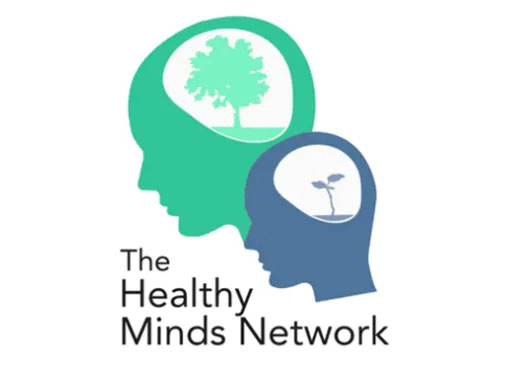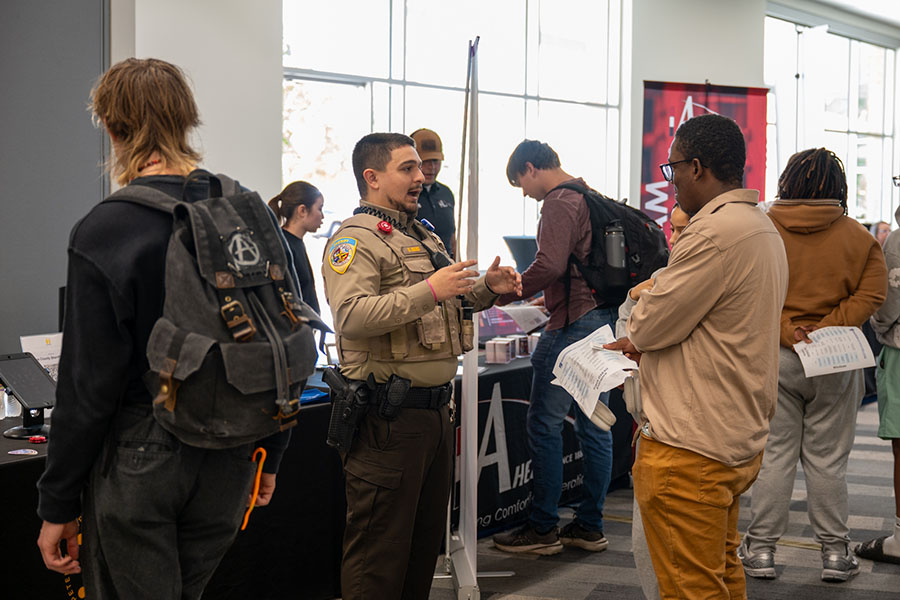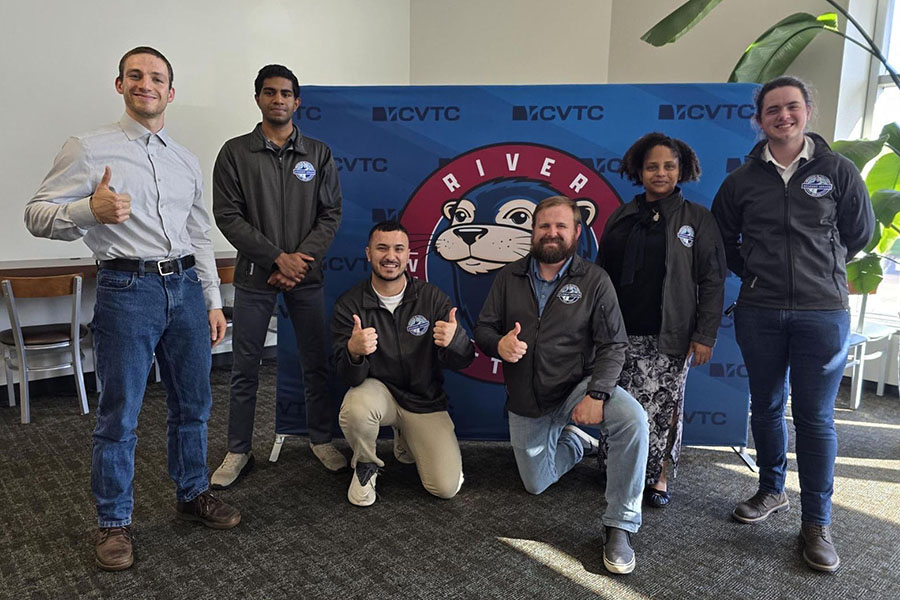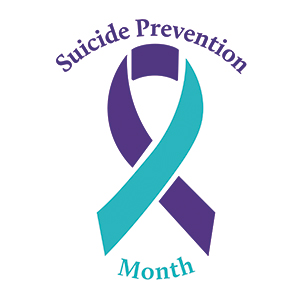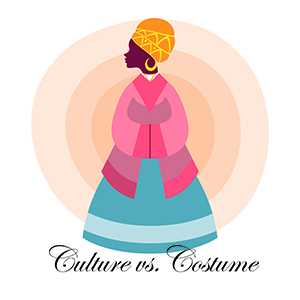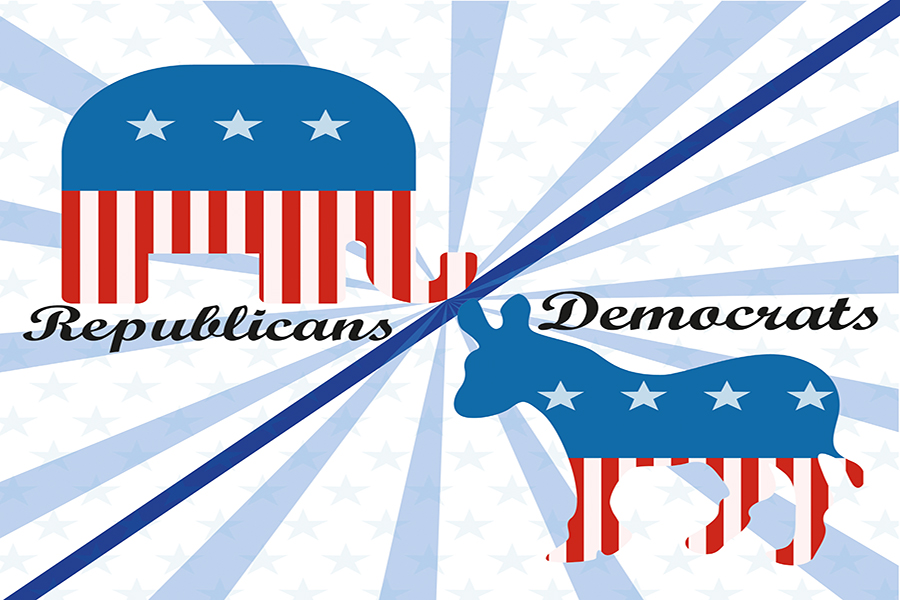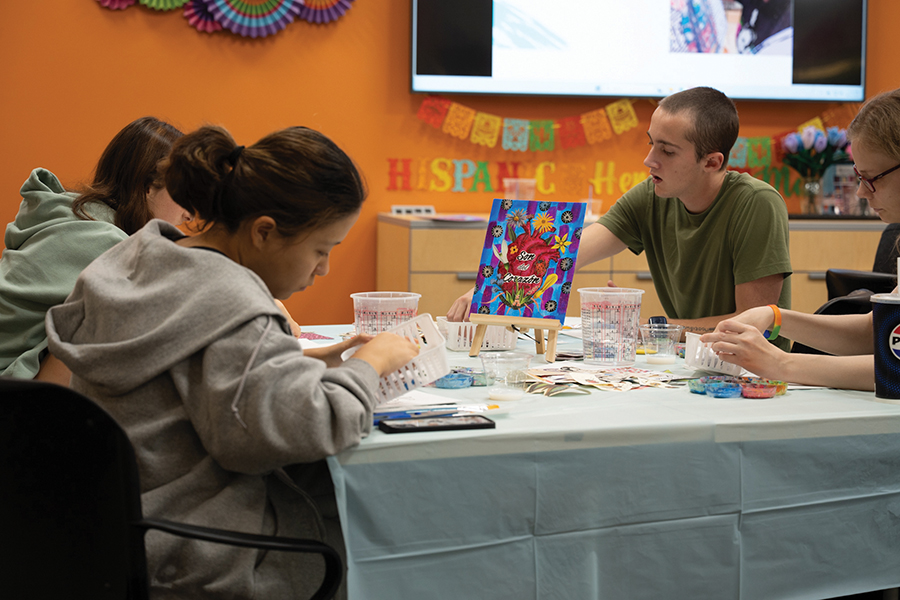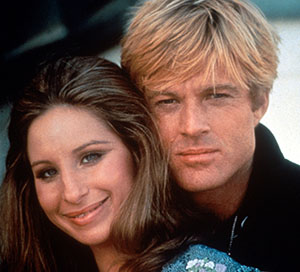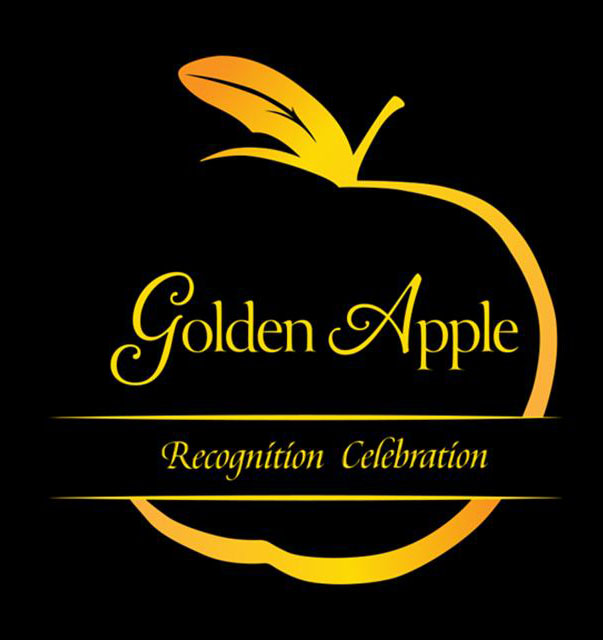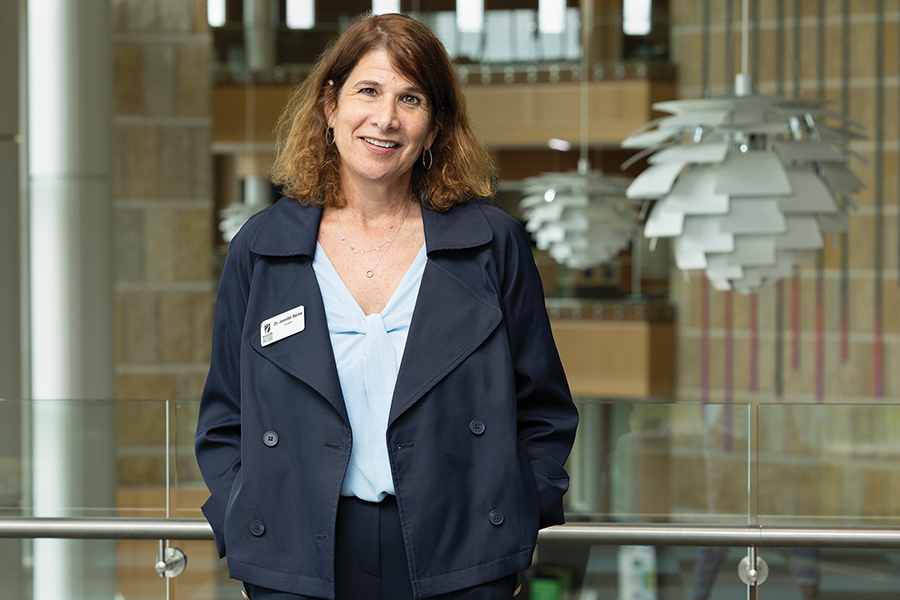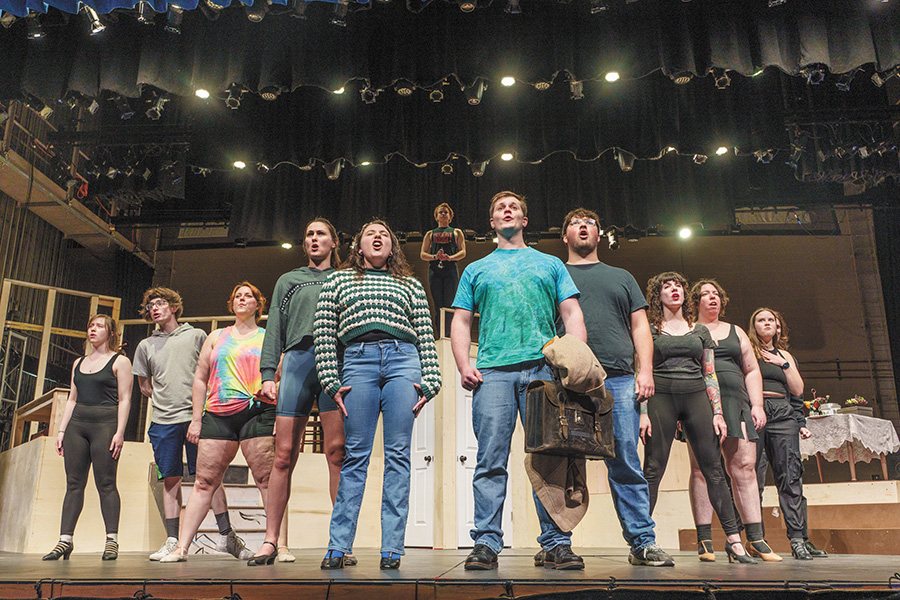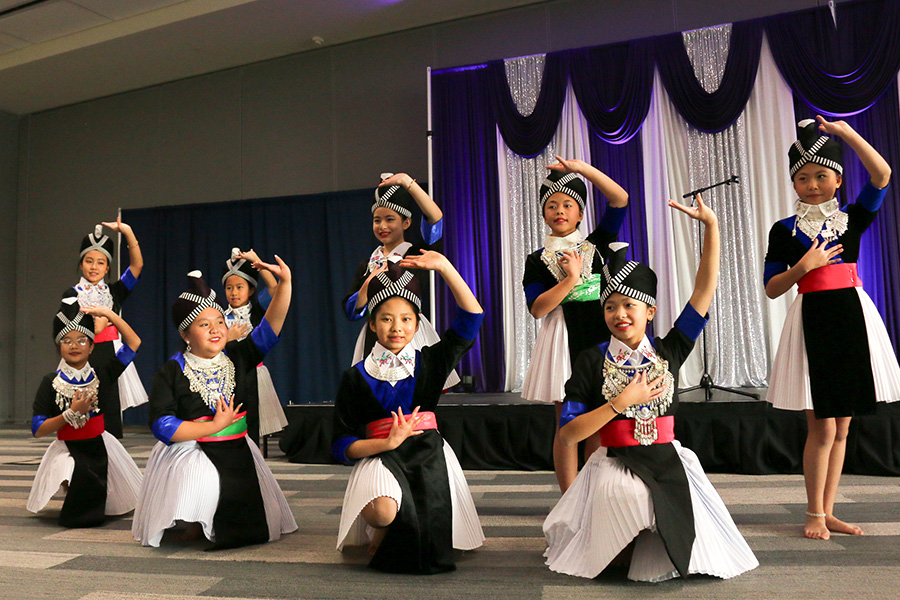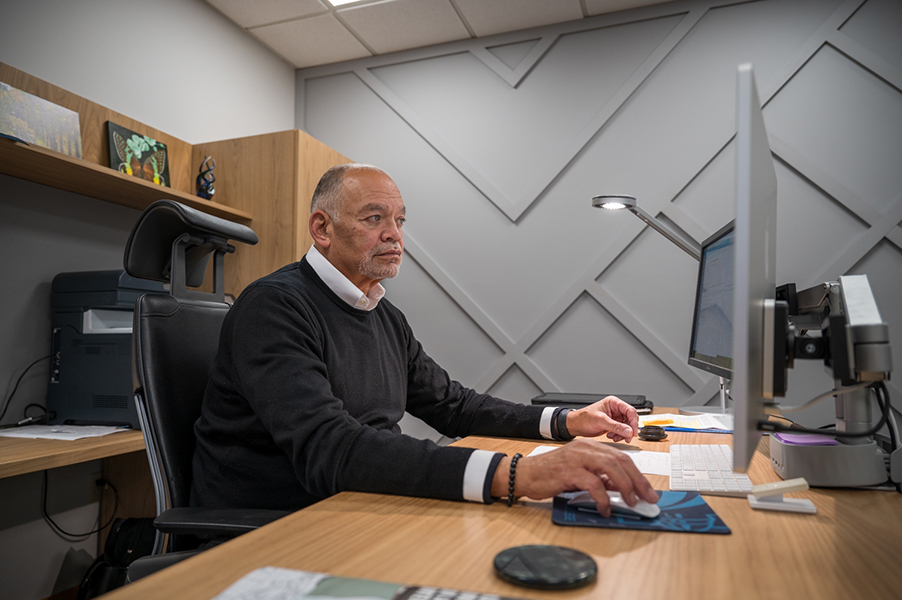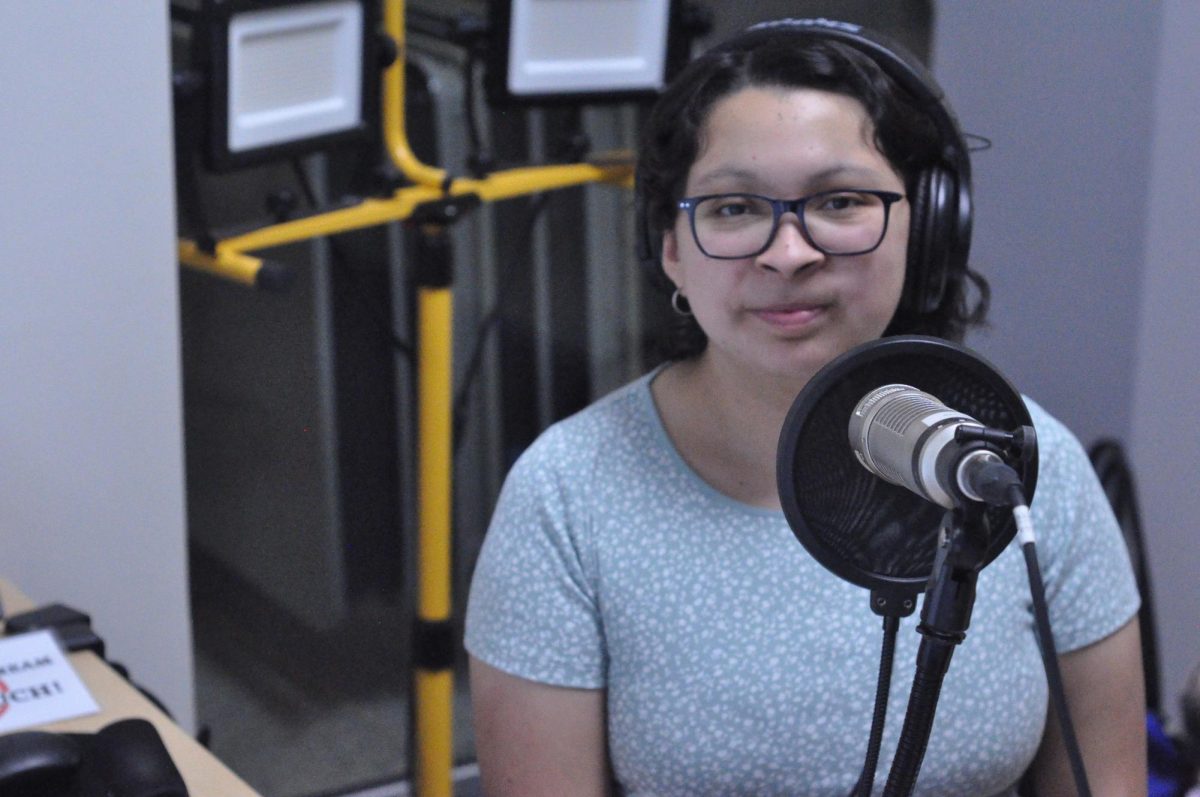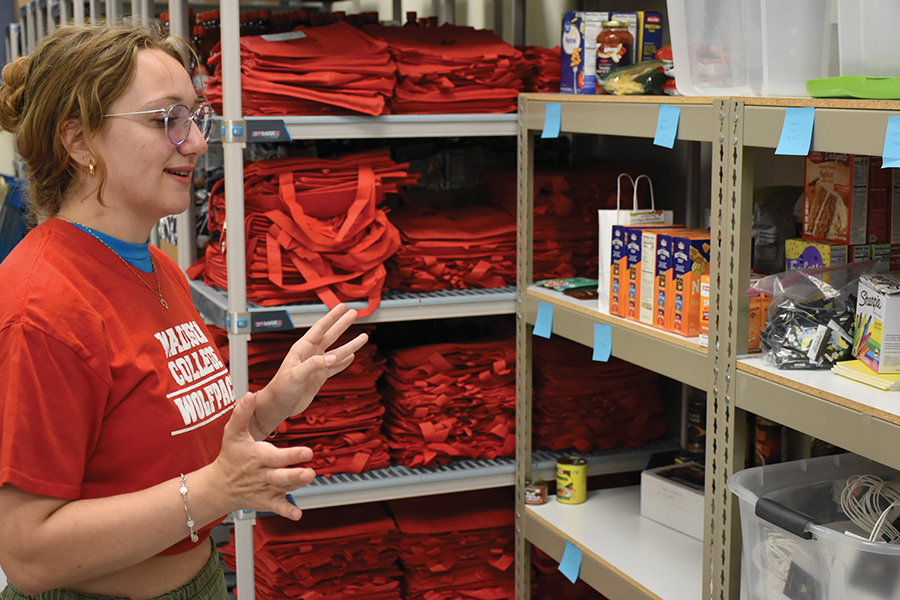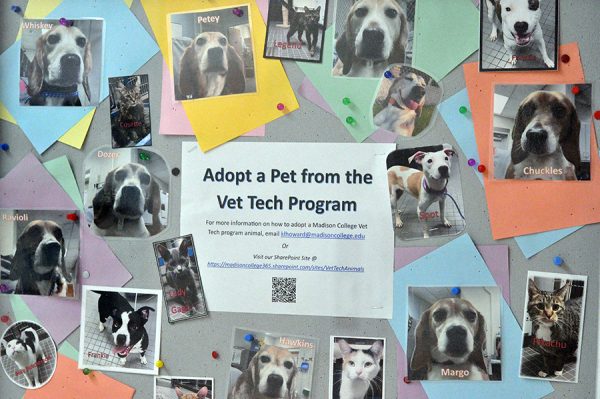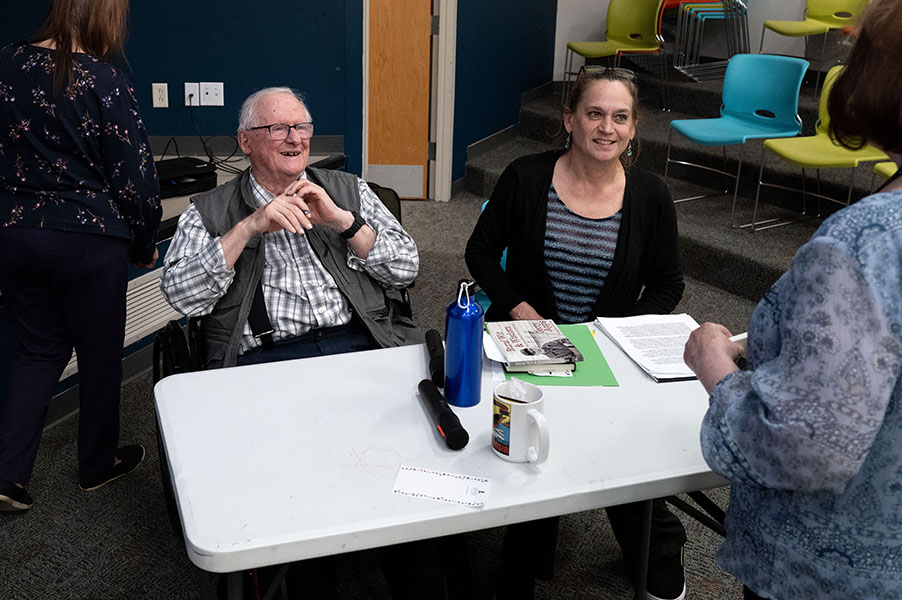Jerry Apps and Natasha Kassulke spoke about their book “Planting an Idea, Critical and Creative Thinking About Environmental Issues,” about highlighting the importance of the role of storytelling in environmental conservation and fostering a world-wide, sustainable future.Specifically, they co-wrote and published their book with one big idea in mind.
To get readers to discuss environmental issues in a way that can create substance of respectful and open conversations about what we need to protect. The environment.
Located at Monona Public Library, Apps and Kassulke’s book talk occurred on April 22; Earth Day, to further highlight this importance.
Apps, a long-standing Wisconsin historian and author, reflected on his life as an environmental writer, and began his story from where being interested in the environment started.
Apps bought a rundown farm with his family in 1966, in Skunk’s Hollow, Wisc. From there, he and his family noticed there was once an open prairie on their land, so they decided to restore its original beauty to how it might have looked in 1867, before a farmer decided to turn it into farmland.
He reflected from his memories of his father, making him sit in the silence of the woods, and told him to “listen to the whispers and the silence.” His father helped him appreciate the beauty of the land and the environment.
“Respecting the land was important to my family growing up and I learned a lot about listening to nature from my pa. There was a way we knew of living with the land that comes from country living,” said Apps.
The purpose of “Planting an idea,” was to address serious environmental problems and the increasing polarization around them. The authors suggest action steps informed by being critical and creative with our environmental discussion.
Offering a viable alternative to fossil fuels, cleaner energy sources and emphasizing energy independence with less reliance on foreign energy, are some suggested steps to tackle climate change.
Kassulke said that to reduce human impact on the environment, we must change not only how we think about, but also how we act.
“We must allow ourselves to not only plant ideas, but to cultivate action. But to get to that point, we first need to think,” states Kassulke. She says we need to find ways to have difficult conversations in a respectfully discuss difficult conversations and share facts instead of spreading misinformation.
Critical and creative thinking can benefit each other, the authors argue that they need each other to be most effective. Critical thinking involves challenging one’s biases and having informed opinions.
Creative thinking involves exploring innovative approaches and considering alternatives while recognizing our predispositions. “We suggest this approach because what we have been doing is not working, and we are at a crisis-our house-Earth-is on fire,” said Kassulke.
Everyone is impacted, from natural disasters to loss of biodiversity, it is affecting us all. Apps and Kassulke authored this book to combat the bias, and hope to reach audiences young to old, to restimulate an environmental movement that was born out of activism surrounding the first Earth Day and argue it has waned in recent years.
We are challenging those who will listen our stories to build on the energy inspired by Earth Day and carry that forward every day by committing small and large “Acts of Green.” We hope they will be a part of a new environmental revolution,” said Kassulke.
Historian and former journalist focus on conservation in new book
Paige Shapiro, News Editor
May 6, 2025
Authors Jerry Apps, and Natasha Kassulke spoke on Earth Day, at the Monona Public Library, April 22, 2025, in Monona, Wisconsin.
Story continues below advertisement

